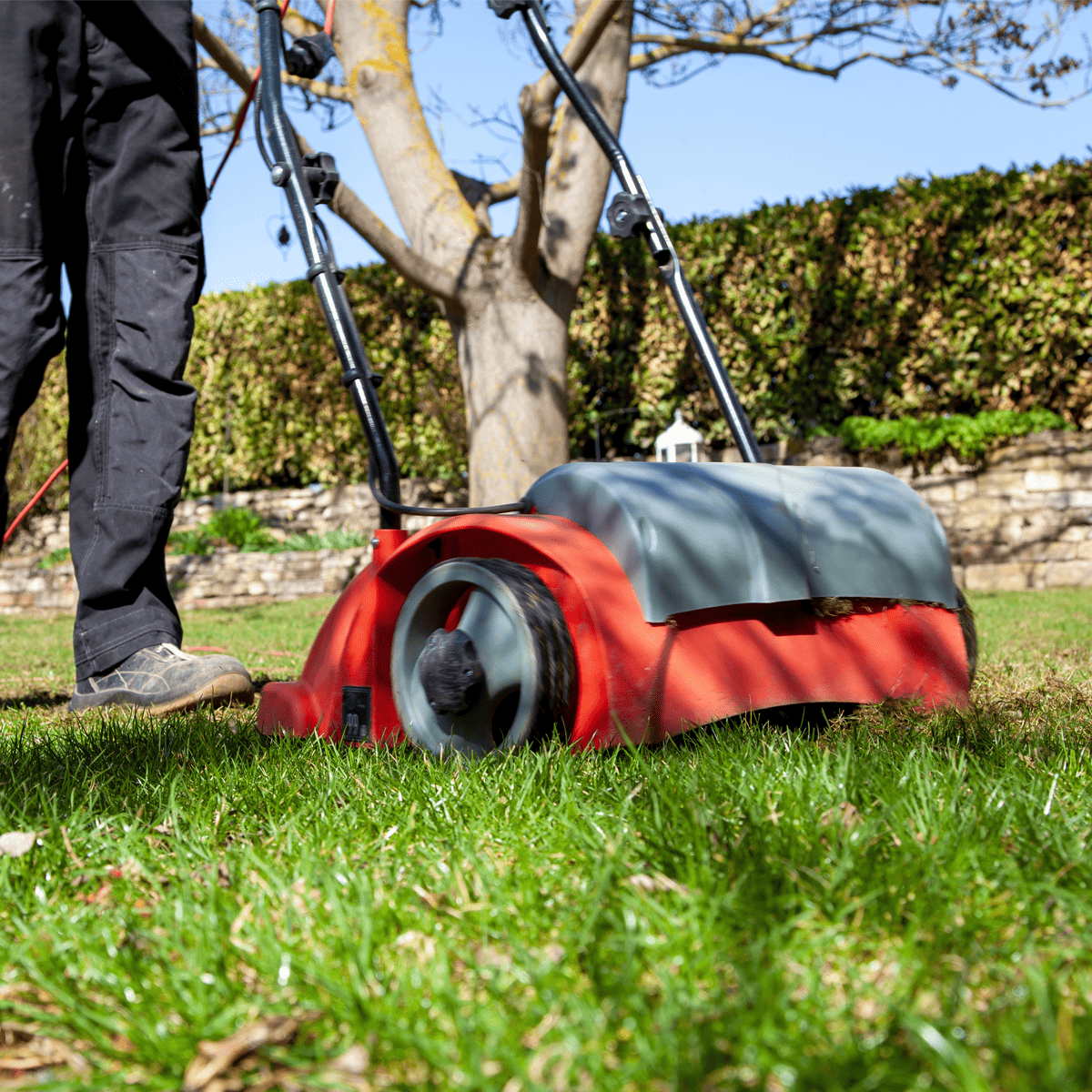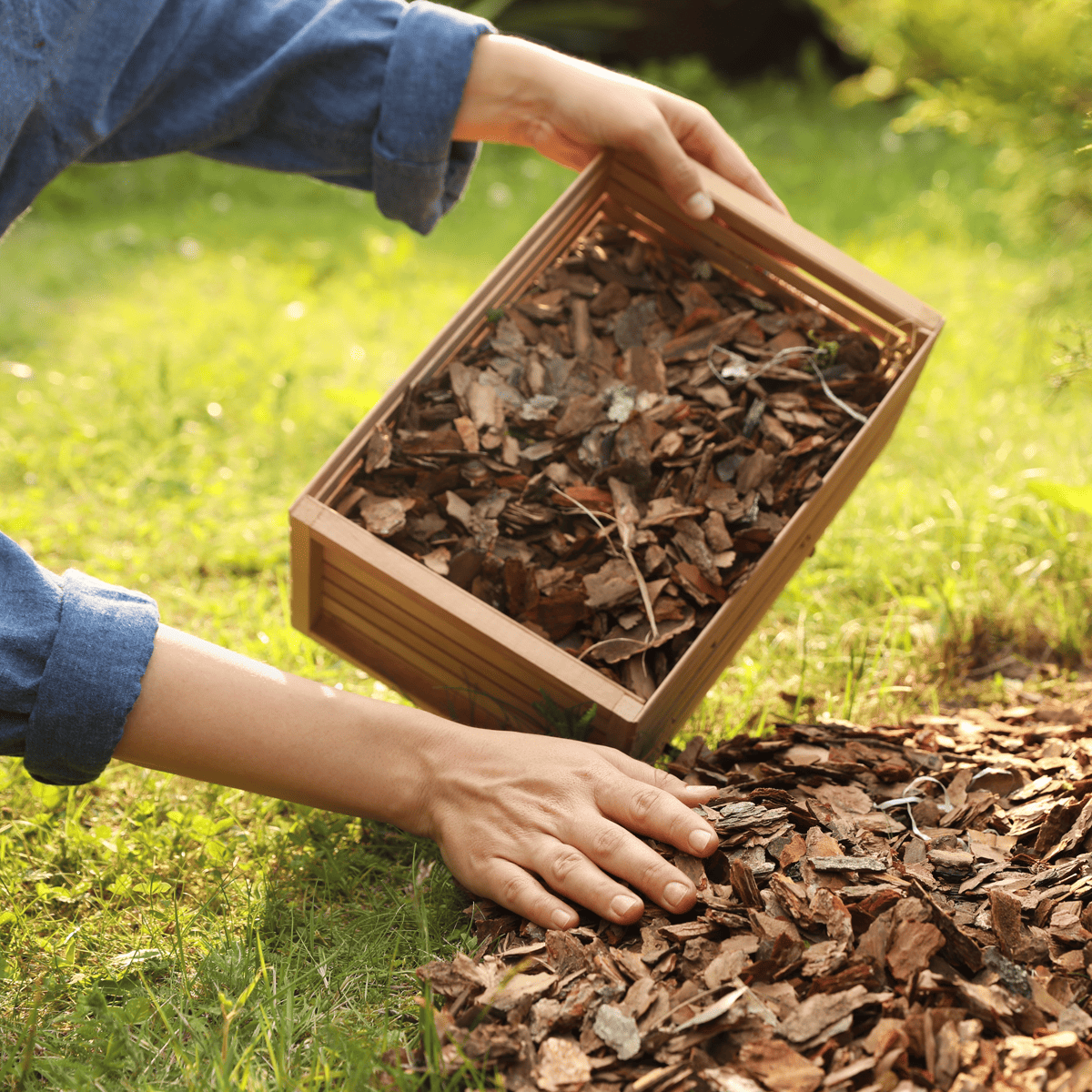Subscribe and save 17% with an annual subscription. Learn more.
Droughts are a reality in many parts of Australia, and they present a significant challenge for homeowners trying to maintain healthy, green lawns. With increasing water restrictions and rising temperatures, it’s important to have strategies in place that allow you to keep your lawn looking its best, even in drought-prone areas.
At Wirri, we believe that with the right approach, you can manage a thriving lawn even under water restrictions. Let’s explore some practical and eco-conscious ways to manage lawn care in drought-prone regions, using less water without sacrificing the beauty and health of your lawn.
The first step in managing lawn care during drought is to start with the right type of grass. Some grass varieties are more drought-tolerant than others, and choosing the right one can make a huge difference in how well your lawn withstands dry conditions.
Here are some top drought-tolerant grasses for Australian lawns:
Selecting the right grass type sets the foundation for a lawn that can withstand extended dry periods, using less water while still maintaining a healthy appearance.

Water restrictions are a common part of life in drought-prone areas, so it’s important to make the most of the water you’re allowed to use. Here are some tips for getting the best results from minimal watering:
Healthy soil is the key to water retention. By improving the quality of your soil, you can help your lawn retain more moisture, reducing the need for frequent watering. Here are some ways to improve your soil’s ability to hold water:
At Wirri, we recommend adding soil conditioners regularly as part of your lawn care routine. This helps your soil stay healthy and moisture-retentive, even in the driest conditions.
Believe it or not, the way you mow your lawn during dry periods can have a big impact on its ability to survive a drought. Here’s how to adjust your mowing routine for drought conditions:
These simple adjustments to your mowing routine can make a big difference in your lawn’s ability to cope with dry conditions.
Weeds compete with your lawn for water, nutrients, and sunlight, which is especially problematic during a drought. Controlling weeds is crucial to ensuring that your lawn can access the resources it needs to survive.
Staying on top of weed control during a drought will ensure that your lawn doesn’t have to compete for water and nutrients when resources are scarce.

Fertilising your lawn can be tricky during a drought. While it’s important to keep your grass healthy, over-fertilising can stress your lawn, especially when water is limited.
By using a balanced approach to fertilising, you can support your lawn’s health without causing additional strain during drought conditions.
Maintaining a healthy, green lawn in drought-prone areas can be challenging, but with the right strategies, it’s entirely possible. By choosing drought-tolerant grass varieties, watering efficiently, improving soil health, and making small adjustments to your mowing and fertilising routines, you can reduce water usage while keeping your lawn looking great.
At Wirri, we’re dedicated to helping you care for your lawn in the most eco-friendly and effective way possible. Our subscription service provides everything you need, from tailored fertilisers to expert advice, ensuring your lawn stays healthy no matter the weather.
Ready to drought-proof your lawn? Explore our range of eco-conscious lawn care products and start your journey toward a resilient, beautiful lawn today!
Stay tuned for more lawn care tips and advice from Wirri. Follow our blog for seasonal updates and expert insights!
Stay in the loop with special offers, lawn care tips, and more.


Wirri supports Trillion Trees Australia, the UN Sustainable Development Guide and Pledge 1% among other progressive initiatives.
Wirri acknowledges the Australian Aboriginal and Torres Strait Islander Peoples as the first inhabitants of this nation and the traditional custodians of the lands on which we live, work, and care for our environment. We recognize their continuing connection to land, water, and sky and pay our respects to Elders past, present, and emerging.